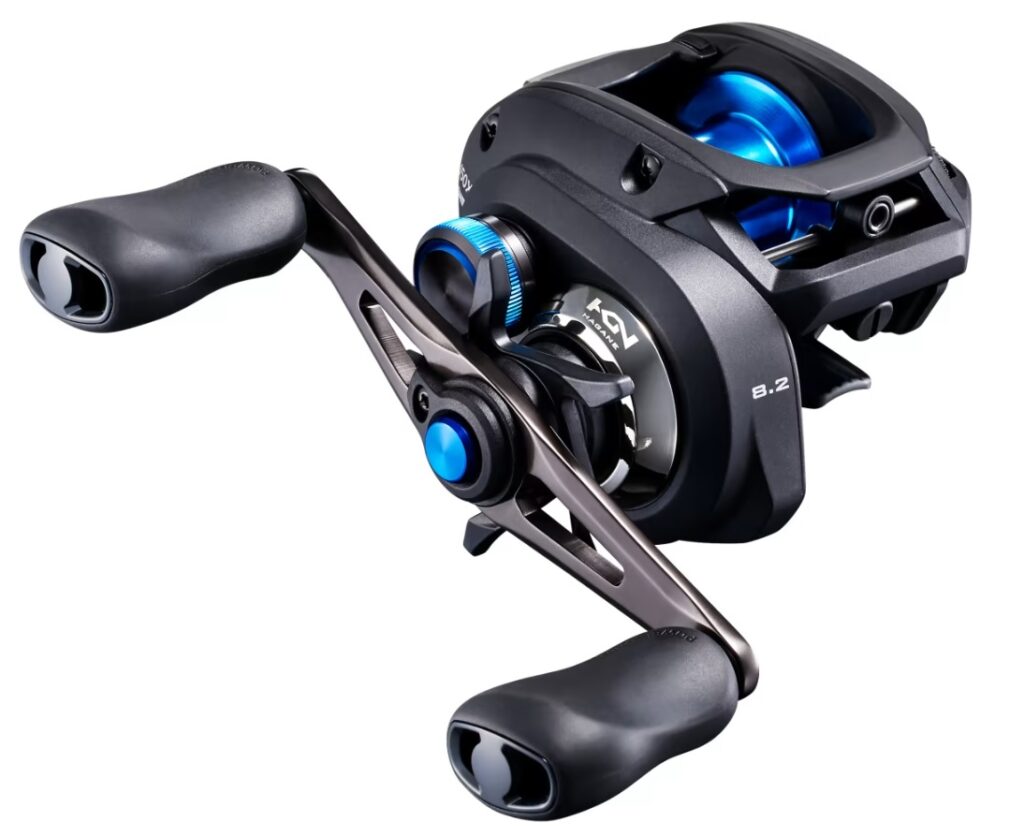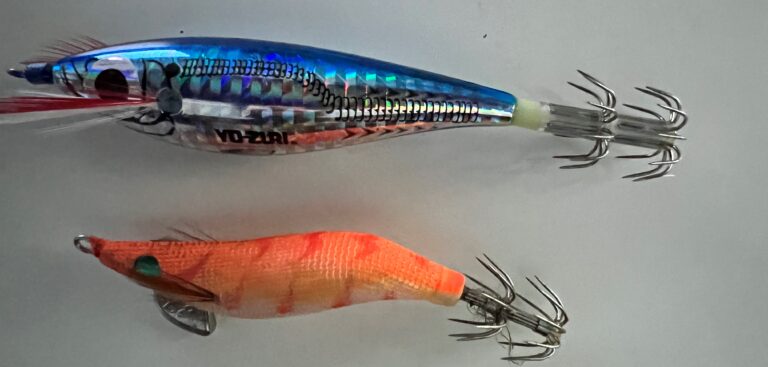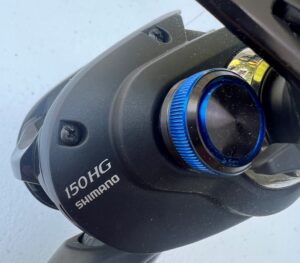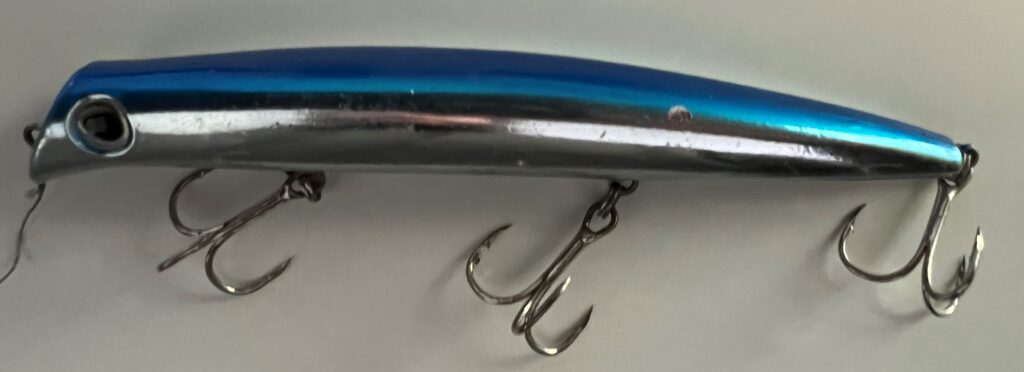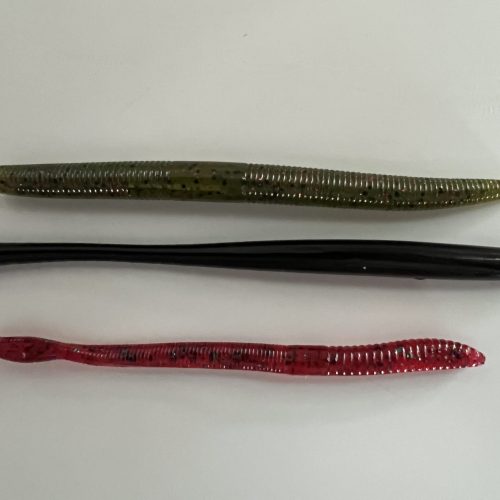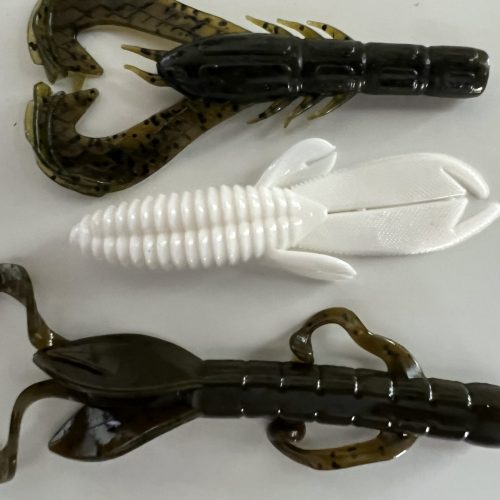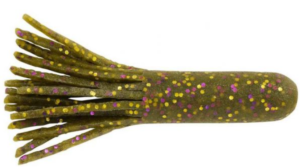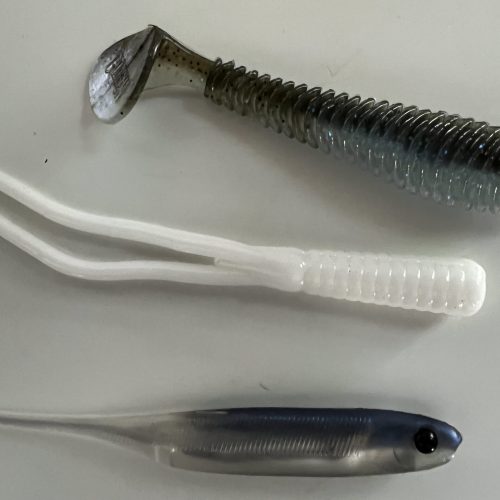Shimano SLX DC Reel Review: Precision Fishing with Digital Control Read More »
The post Shimano SLX DC Reel Review: Precision Fishing with Digital Control appeared first on Bass Thumb Fishing.
]]>The post Shimano SLX DC Reel Review: Precision Fishing with Digital Control appeared first on Bass Thumb Fishing.
]]>The post Squid fishing 101 appeared first on Bass Thumb Fishing.
]]>The post Squid fishing 101 appeared first on Bass Thumb Fishing.
]]>Four frozen baits for striper fishing Read More »
The post Four frozen baits for striper fishing appeared first on Bass Thumb Fishing.
]]>The post Four frozen baits for striper fishing appeared first on Bass Thumb Fishing.
]]>Fishing Reel Gear Ratio Explained Read More »
The post Fishing Reel Gear Ratio Explained appeared first on Bass Thumb Fishing.
]]>The post Fishing Reel Gear Ratio Explained appeared first on Bass Thumb Fishing.
]]>What you need to start bass fishing Read More »
The post What you need to start bass fishing appeared first on Bass Thumb Fishing.
]]>The post What you need to start bass fishing appeared first on Bass Thumb Fishing.
]]>What is Fluorocarbon fishing line? Read More »
The post What is Fluorocarbon fishing line? appeared first on Bass Thumb Fishing.
]]>The post What is Fluorocarbon fishing line? appeared first on Bass Thumb Fishing.
]]>What is a fishing Plug? Read More »
The post What is a fishing Plug? appeared first on Bass Thumb Fishing.
]]>The post What is a fishing Plug? appeared first on Bass Thumb Fishing.
]]>Five Soft Plastic Baits for Bass Read More »
The post Five Soft Plastic Baits for Bass appeared first on Bass Thumb Fishing.
]]>The post Five Soft Plastic Baits for Bass appeared first on Bass Thumb Fishing.
]]>The post What is a Senko? appeared first on Bass Thumb Fishing.
]]>The post What is a Senko? appeared first on Bass Thumb Fishing.
]]>